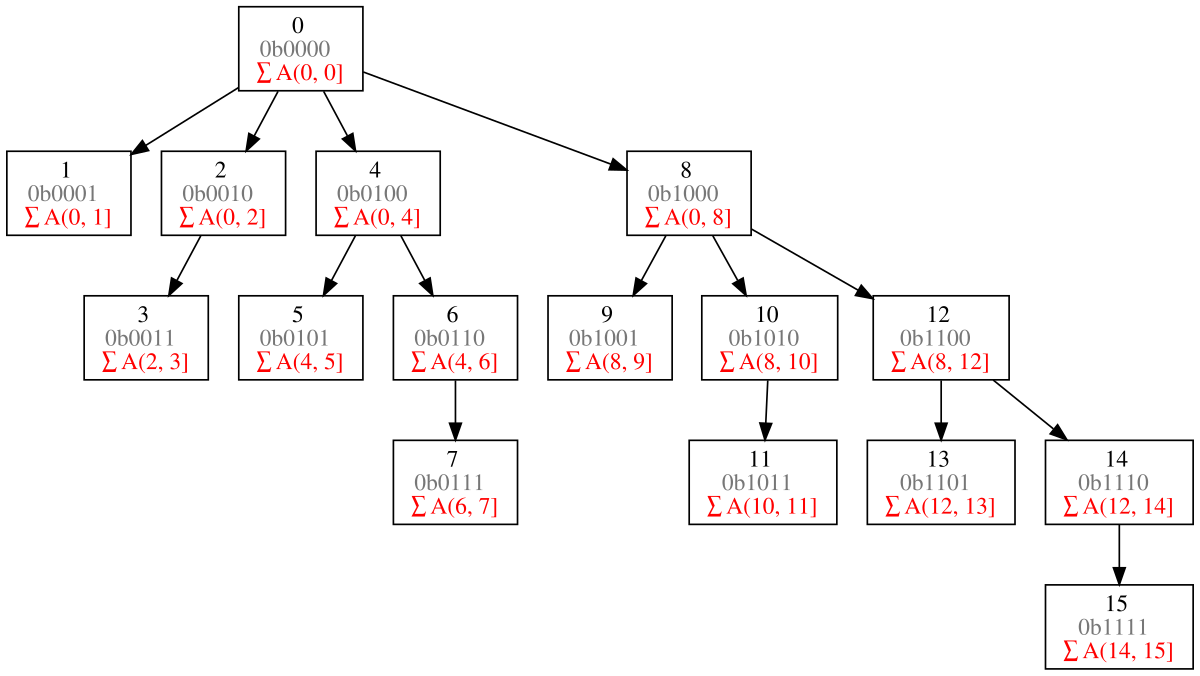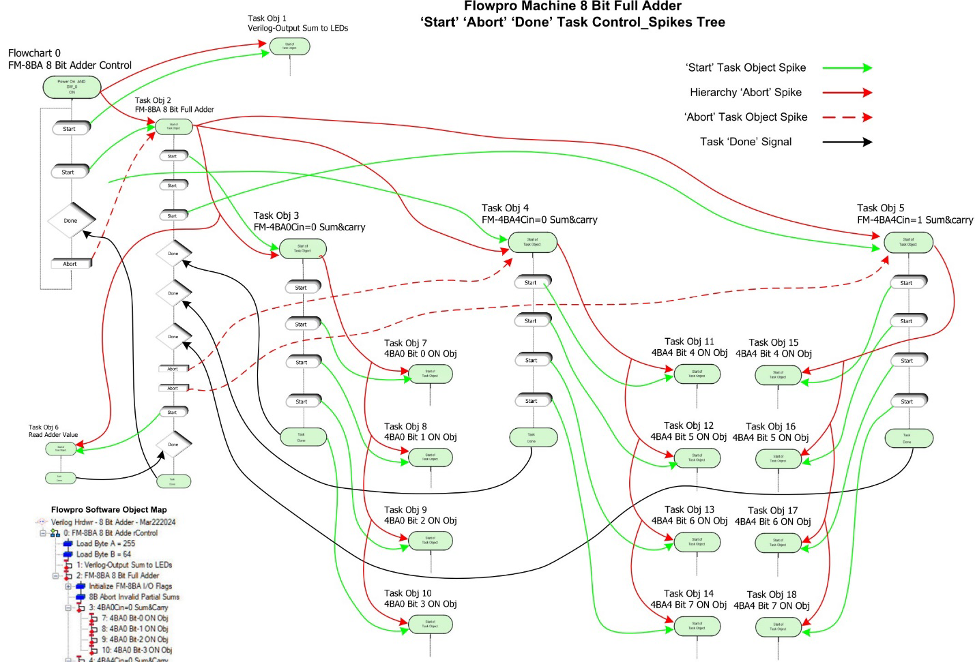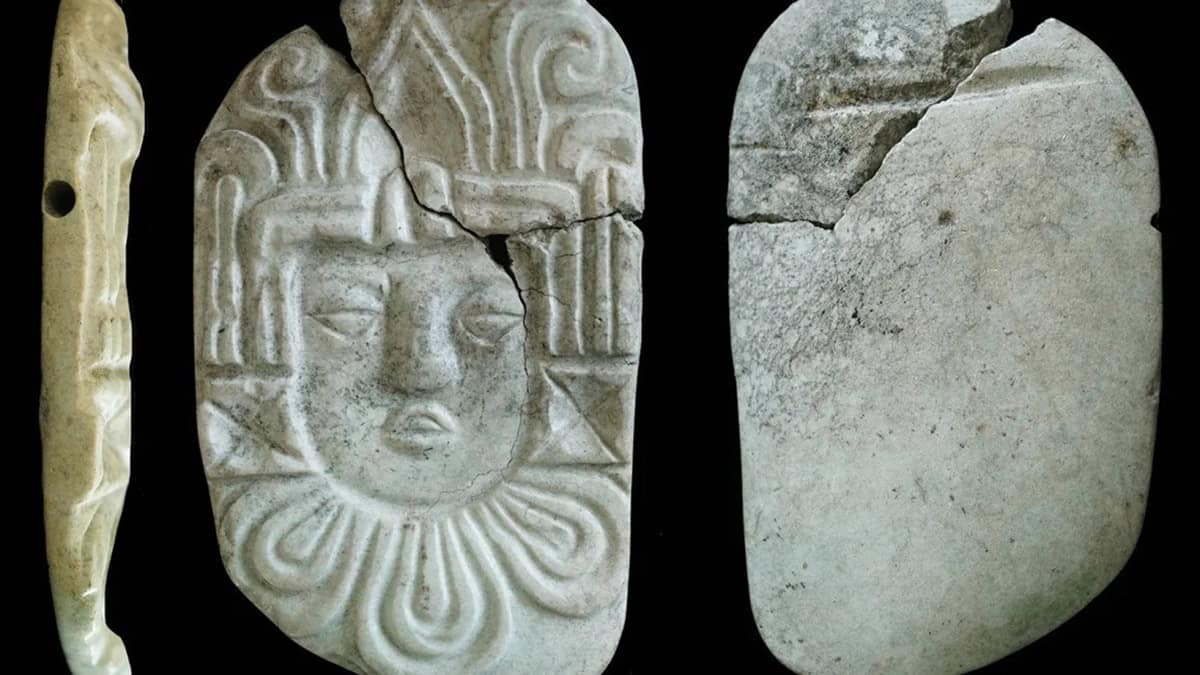
Big Bait Worm Knows It Has a Problem
Inside Phil Harrington Bait, a squat warehouse in Woolwich, Maine, a dozen men and women, several with hip waders rolled down to their knees, stand at counters, combing through piles of squirming bloodworms. The worms resemble puffy, blood-red earthworms laced with a fringe of feathery legs down each side. The worm harvesters, known locally as diggers, spent the morning on coastal mudflats at low tide flipping over mud with small metal rakes called worm hoes. Now they count worms into plastic trays, scrawling the total in pencil on scraps of paper.
Margaret Harrington, the CEO of Phil Harrington Bait, wearing jeans and open-toed sandals, oversees the floor. She holds a clipboard with one hand and sorts bloodworms with the other, stopping occasionally to sign a digger’s check. Her manner is matter-of-fact, and she has a laser eye for inflated counts or undersized worms. Diggers are paid by the piece—40 cents a worm on average, with bigger ones, the “selects,” fetching 60 cents. For many of the state’s 750 or so diggers, the work is a part-time gig, a way to make ends meet. In 2020, recreational fishing surged, and as in many years in recent history, Harrington says demand consistently outstripped supply.
But even without the added boost to the industry, bloodworms are big business. Harrington’s family enterprise, the largest bait-worm dealer in New England, has been in operation since 1990, delivering the bait of choice to saltwater fishers angling for flounder, sea bass, and striped bass. Bloodworms are harvested primarily in Maine and the Canadian Maritimes. Remarkably, the trade, valued at more than $6 million in 2019, is among Maine’s most valuable commercial fisheries. By weight, it’s second only to elvers (baby eels). Globally, these types of worms retail for as much as $606 per kilogram and, as noted in a 2018 review paper, “represent some of the most expensive marine species sold.”









/cdn.vox-cdn.com/uploads/chorus_asset/file/25415669/1238020424.jpg)












